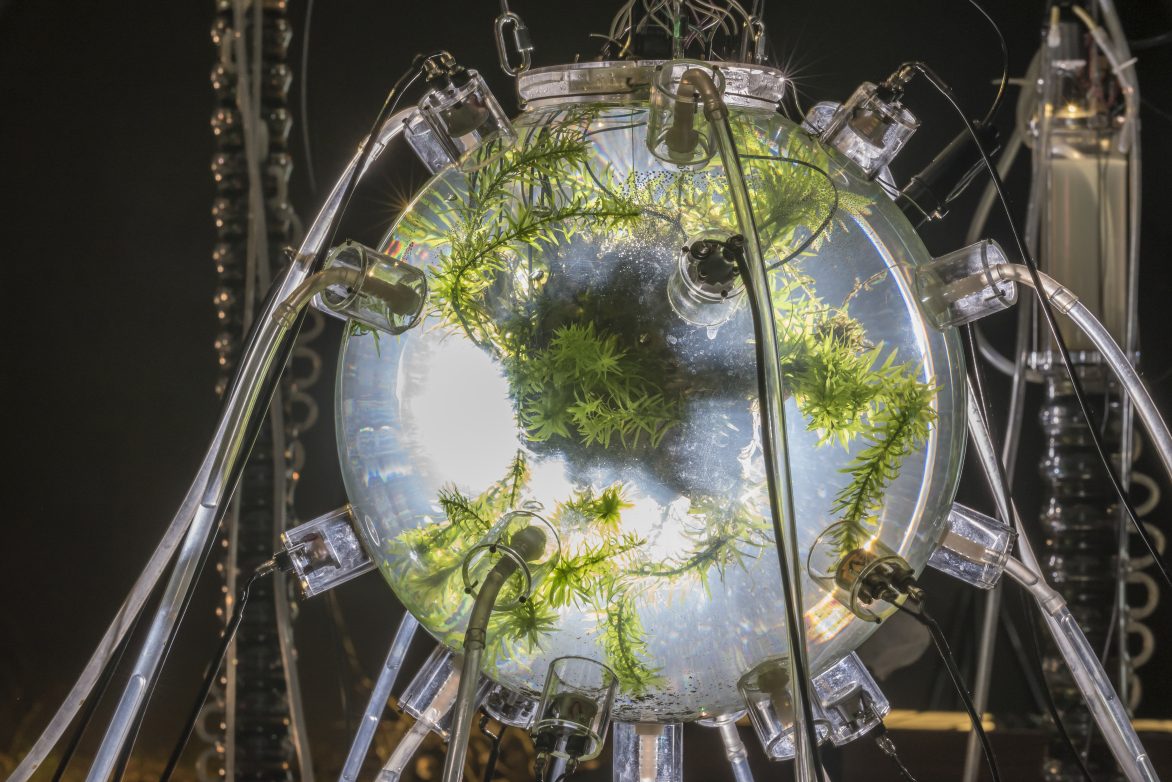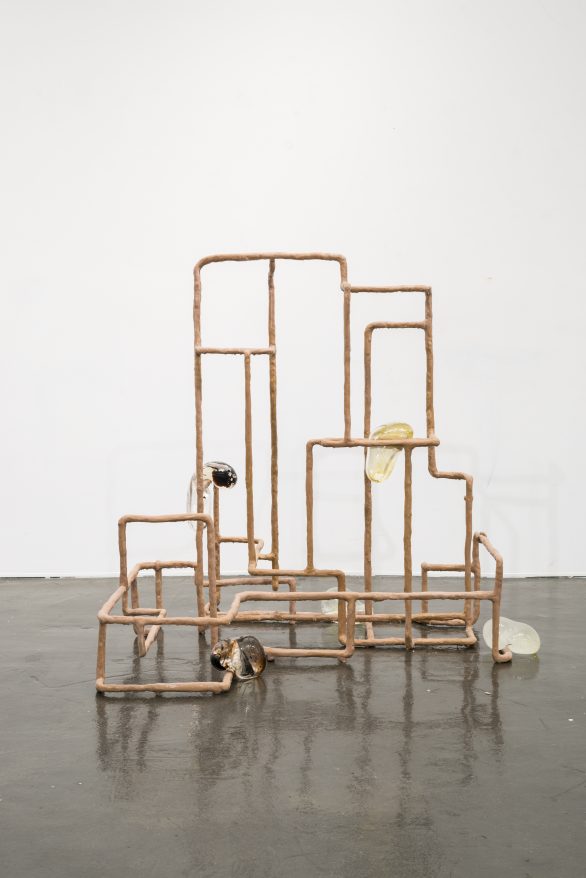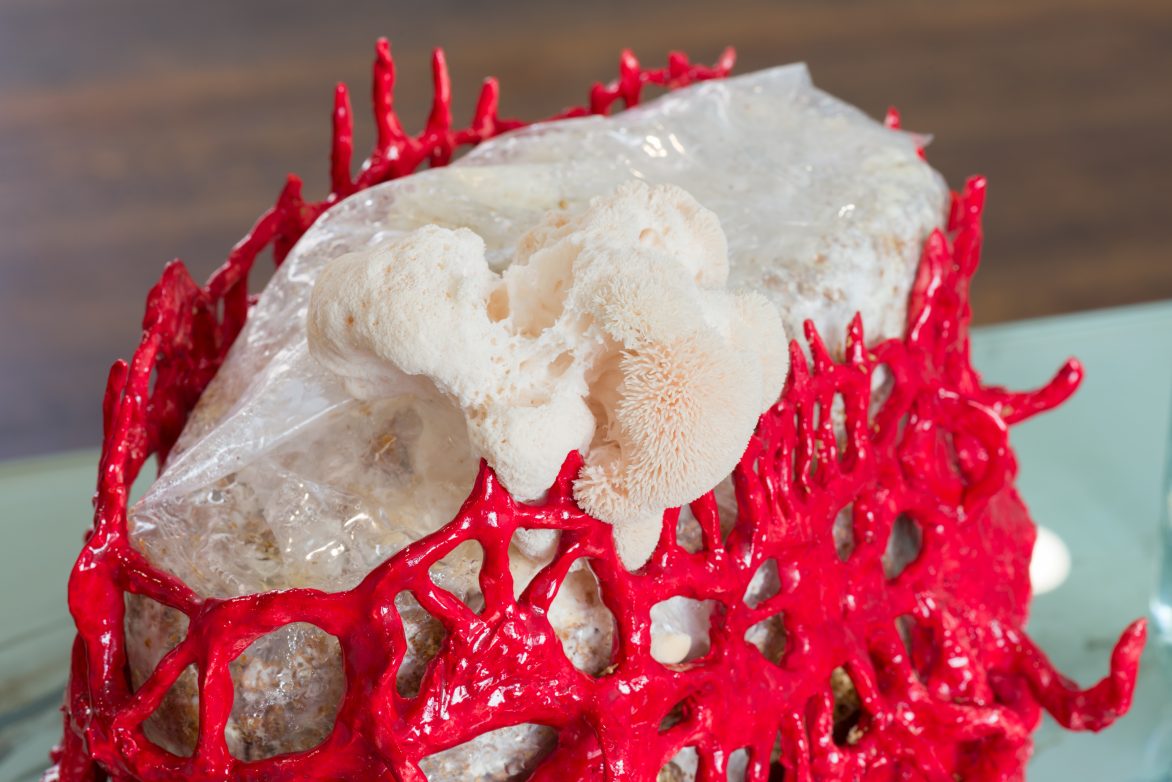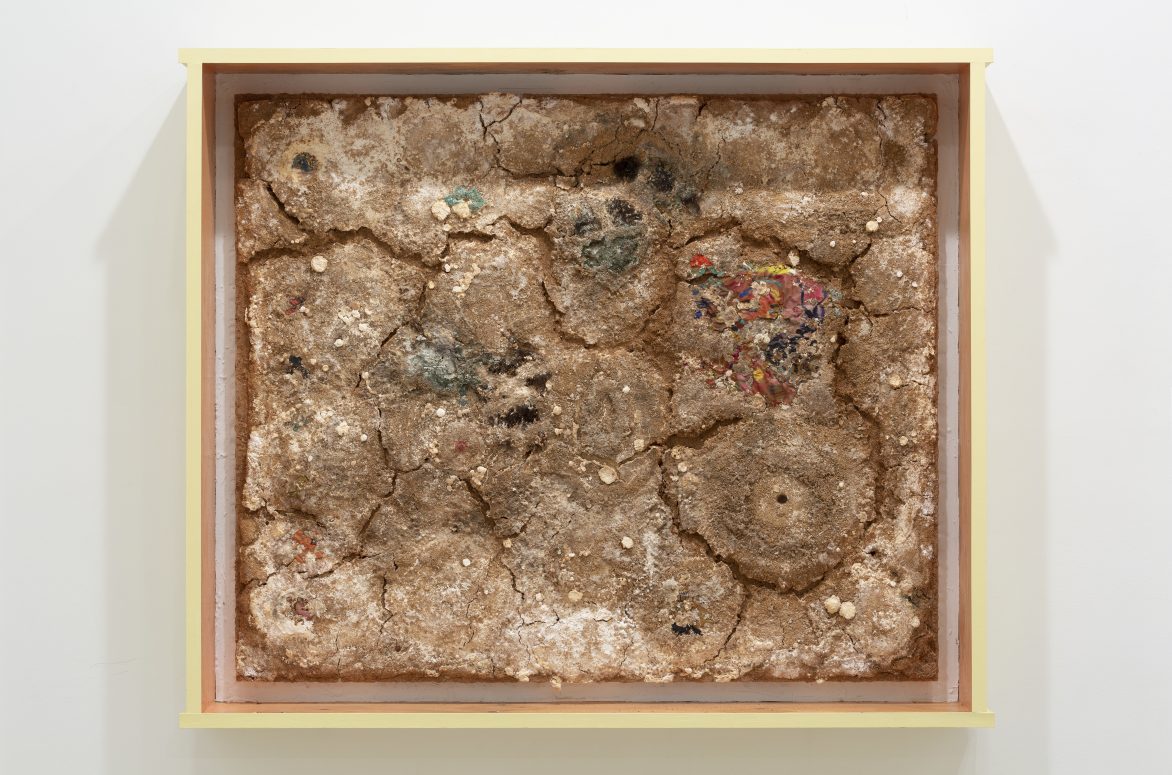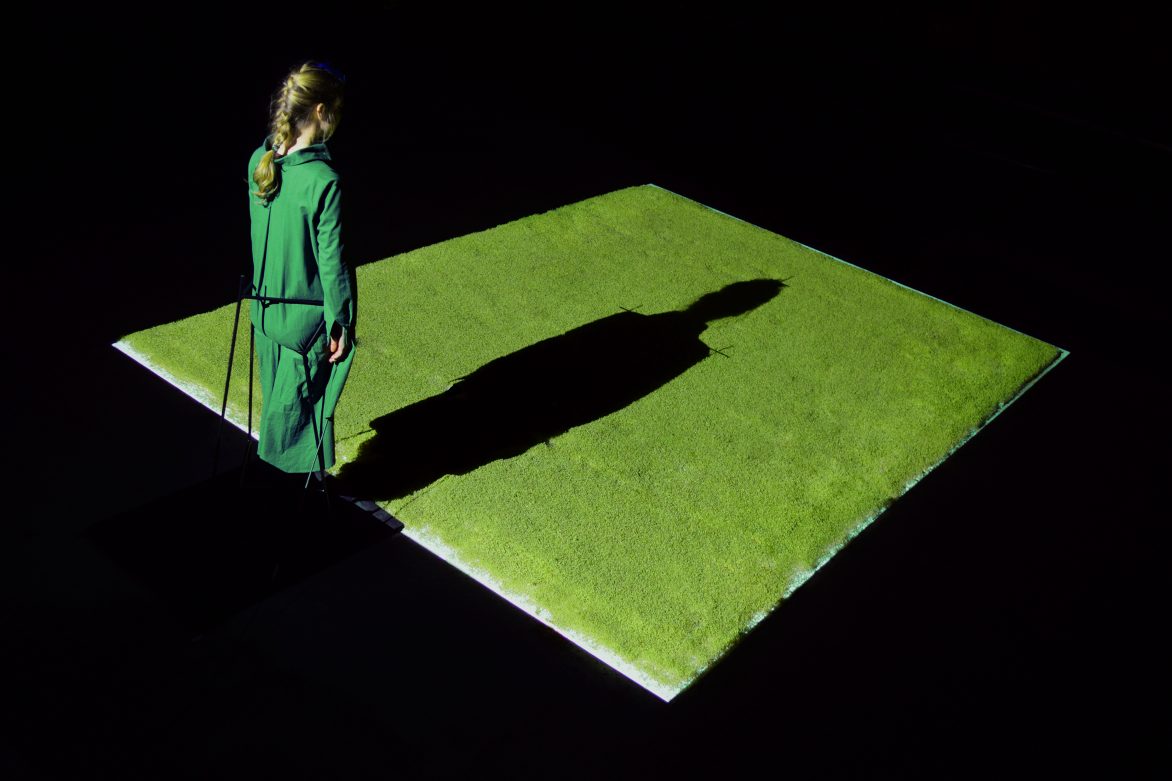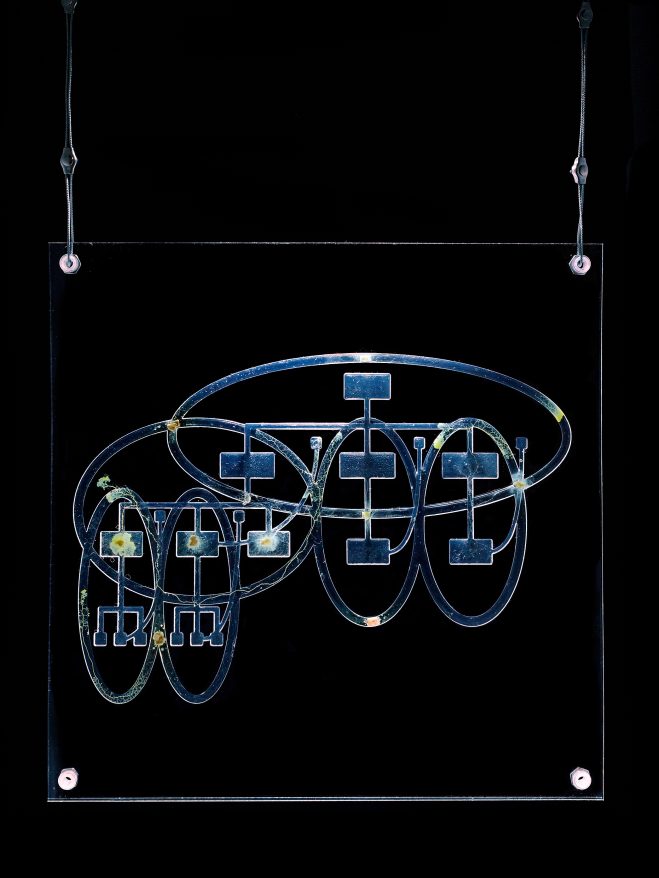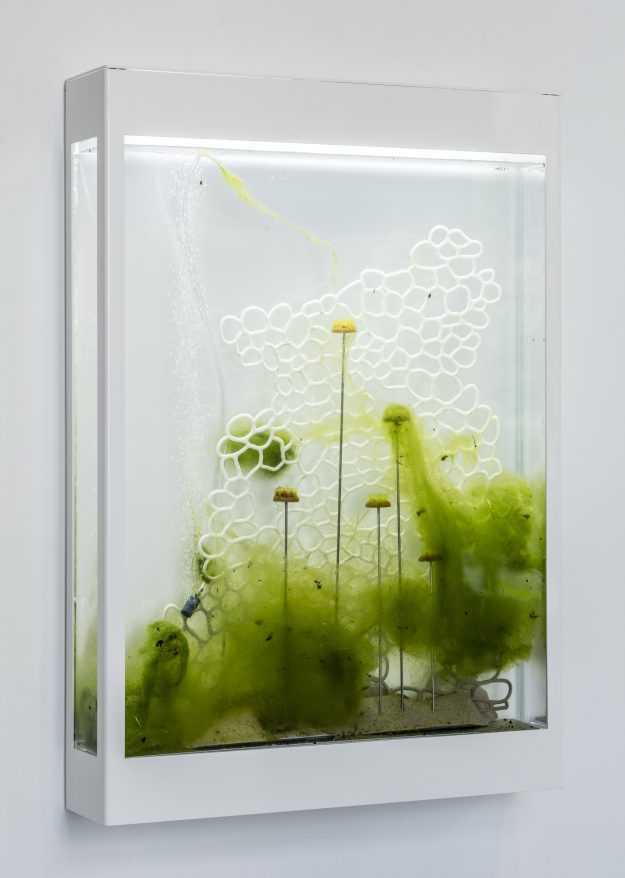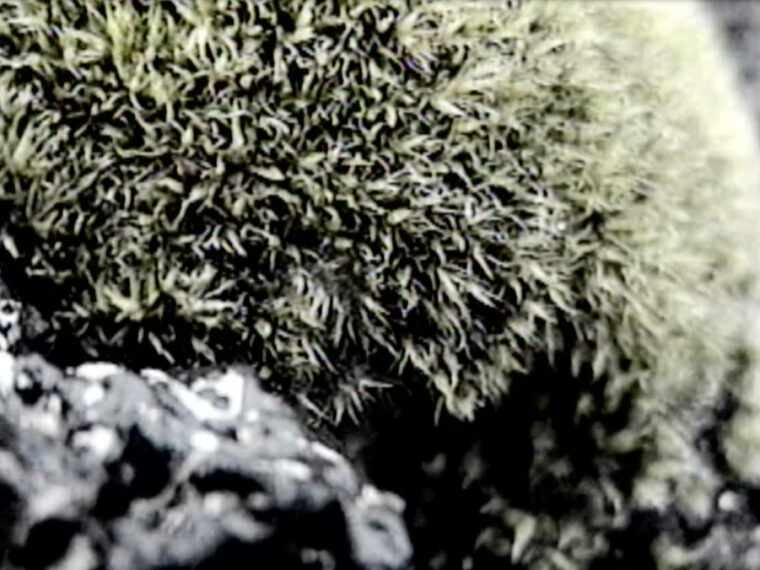
Symbionts: Contemporary Artists and the Biosphere brings together over a dozen international artists whose work prompts us to reexamine our human relationships to the planet’s biosphere through the lens of symbiosis, or “with living.” Symbionts are organisms of different species that are found together and that thrive through their interdependent relations. They include mutualists such as the bee and the apple blossom as well as microbial organisms that circulate in the atmosphere, oceans, and soil to make the oxygen we breathe. Symbionts can also hover as potential predators or bloom as parasites—all forms of entanglement considered by the artists in Symbionts.
Engaging living entities such as fungi or bacteria—some of which will transform artworks during the course of the exhibition—the artists in Symbionts represent a new generation of practitioners within Bio Art. Whereas the code-driven works of Bio Art in the 2000s had centered the artist’s authorial manipulation of genetic sequences, the young and diverse practitioners in Symbionts are not interested in being masters of code. Instead, they explore what it means to be interdependent or collaborative, ceding individual human control of an artwork in recognition of our more-than-human relations. Symbionts foregrounds the fact that the vast majority of genetic materials in the “human” body are not actually human, but thought to be “other”: bacteria, fungi, and virions. Likewise, works in the exhibitions engage a biosphere dynamically modified by the growth of mushrooms, the blooming of algae, and the decomposition work of soil.
